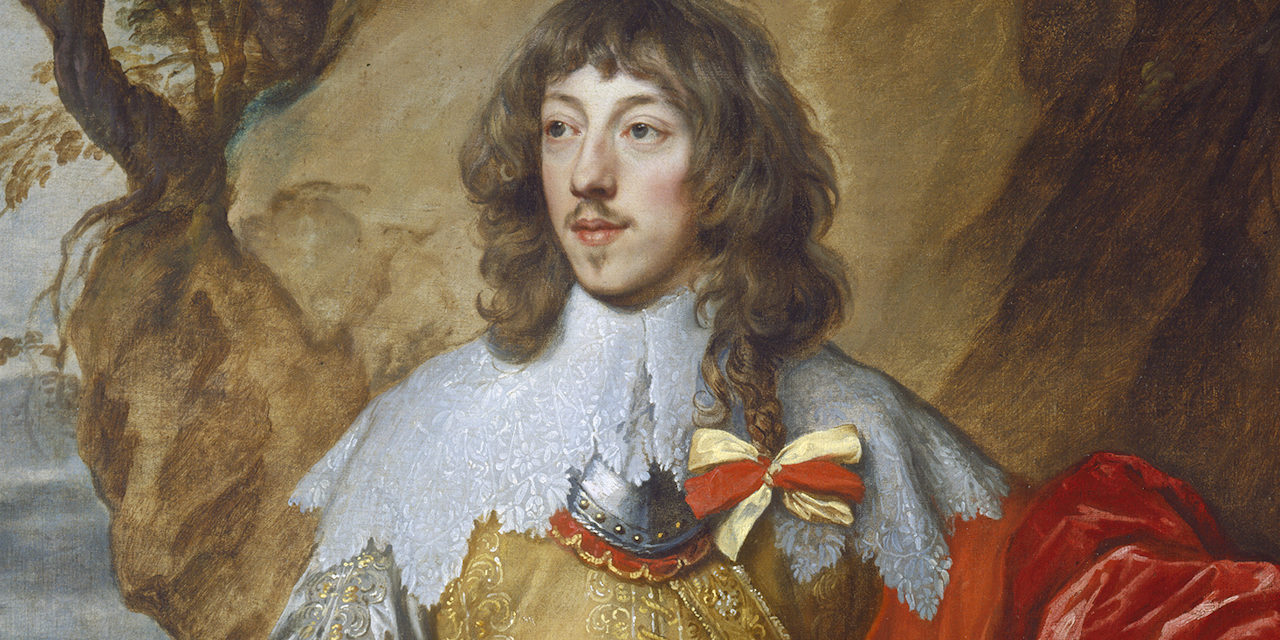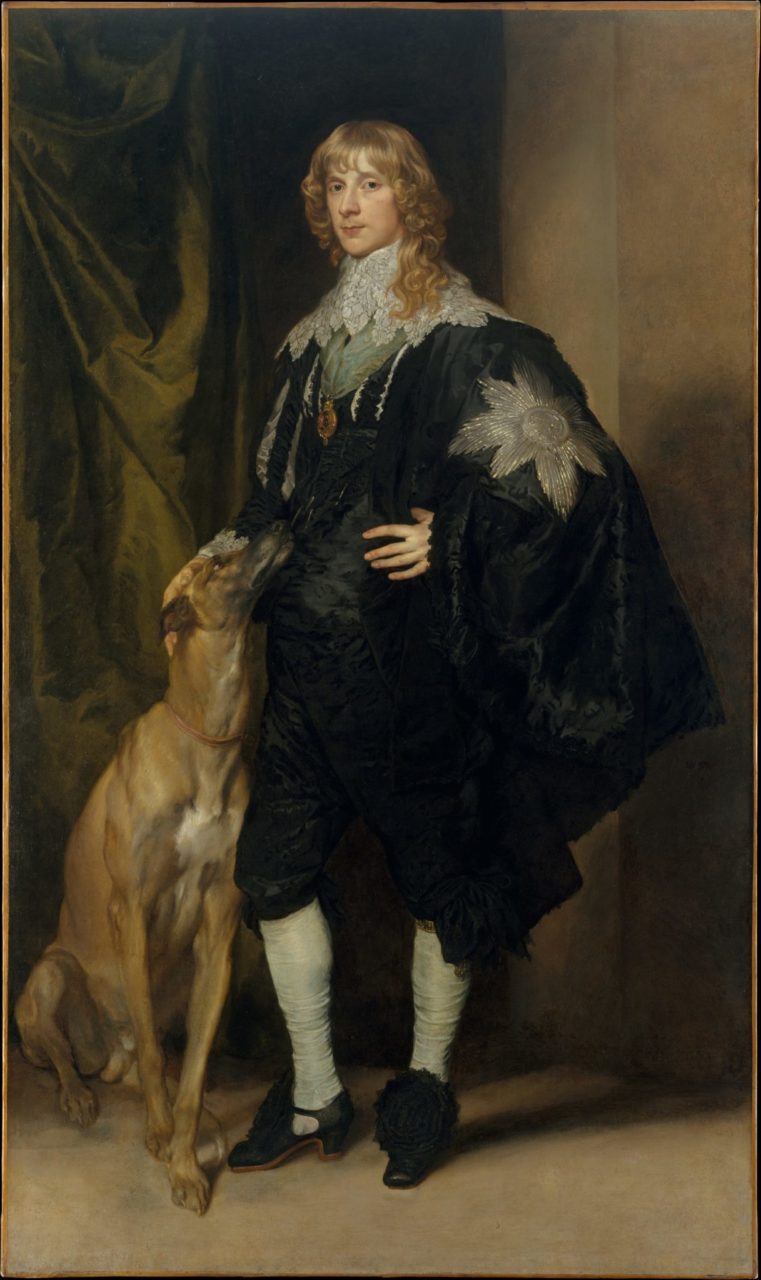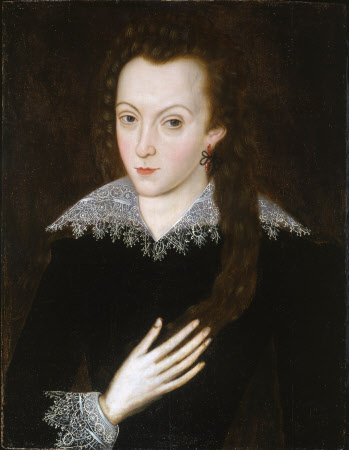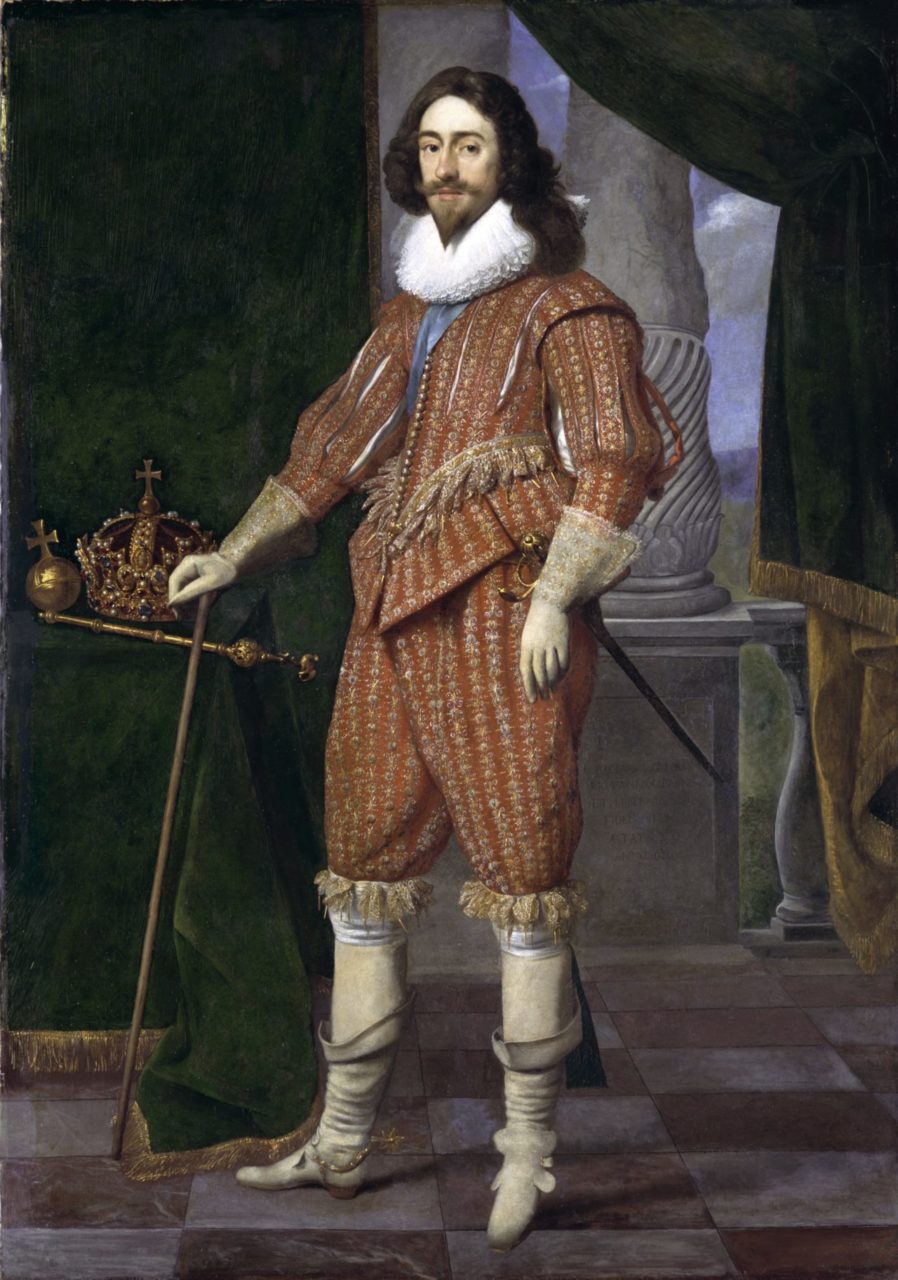A lock of hair from the nape of the neck hanging over the chest to show romantic attachment; it was a popular hairstyle between 1590-1650.
The Details
Daniel Denis Hill in The History of World Costume and Fashion (2011) writes:
“As the ruff disappeared in France and England, a preference for long, luxuriant hair for men returned. Some men wore a love lock at one side of the head, represented by a strand of hair tied with ribbon bows symbolizing a romantic token of a lady’s affection. Such well-groomed, shoulder-length hair cuts were as much an element of class distinction as fine clothing, with the emphasis being on well-groomed.” (401)
Charlotte Mankey Calasibetta and Phyllis Tortora in The Fairchild Dictionary of Fashion (2003) define the love lock as a:
“Long lock of curved hair brought forward from nape and worn hanging over chest, popular from 1590 to 1650s for men and sometimes women. Also called a Bourbon lock, French lock, heart breaker.” (225)
According to The Berg Fashion Library, it is a:
“A long lock of hair, usually curled, turned forward from the nape of the neck so as to fall over the chest in front, particularly associated with royalists during the reign of Charles I (1625–1649) but the term was applied to other versions.”
Gale Virtual Reference Library gives background on the reception of love locks in the period:
“Although considered quite fashionable, many people detested lovelocks, considering them unnecessary and extravagant. In 1628 a sixty-three page book denouncing lovelocks was published. The author, William Prynne, railed against the wearing of lovelocks as “Unlovely, Sinfull, Unlawfull, Fantastique, Disolute, Singular, Incendiary, Ruffianly, Graceless, Whorish, Ungodly, Horred [Horrid], Strange, Outlandish, Impudent, Pernicious, Offensive, Ridiculous, Foolish, Childish, Unchristian, Hatefull, Exorbitant, Contemptible, Sloathfull, Unmanly, Depraving, Vaine, and Unseemly,” according to Richard Corson in Fashions in Hair.”
The Royal Collection has a miniature of Sir William Compton which features a love lock (Fig. 2); of which the museum writes:
“The armour, with the plumed helm visible to the sitter’s right, is a statement as much about Compton’s status as about his martial qualities. However, the attention in this small image is focussed not on the expensive armour with its painstakingly-depicted lavish gilt decoration but on the single lovelock suspended from an earring in the sitter’s right ear and highlighted against the white pleated ruff on which it rests…. It reveals that the intention of this miniature was to show the subject not only as knight and lord, but as suitor or lover, and serves as a reminder of the intensely private nature of this art form.”
Fig. 1 - Anthony van Dyck (Flemish, 1599-1641). Henri II de Lorraine, 1634. Oil on canvas; 204.6 x 123.8 cm (80 9/16 x 48 3/4 in). Washington DC: National Gallery of Art, 1947.14.1. Gift of Cornelius Vanderbilt Whitney. Source: National Gallery of Art
Fig. 2 - Anthony van Dyck (Flemish, 1599-1641). James Stuart (1612–1655), Duke of Richmond and Lennox, 1633-35. Oil on canvas; 215.9 x 127.6 cm (85 x 50 1/4 in). New York: The Metropolitan Museum of Art, 89.15.16. Marquand Collection, Gift of Henry G. Marquand, 1889. Source: The Metropolitan Museum of Art
Fig. 3 - Artist unknown (British school). Portrait of a Man, perhaps William Lord Compton (1568-1630), first Earl of Northampton, 1600. Watercolour on vellum; 5.1 x 4.0 cm (2 x 1.5 in). Royal Collection Trust: Royal Collection Trust, 420895. Source: Royal Collection Trust
Fig. 4 - John de Critz the elder (Flemish, 1551-1642). Henry Wriothesley, 3rd Earl of Southampton, 1590-1593. Oil on panel; 60.9 x 43.8 cm (24 x 17 1/4 in). Surrey: Hatchlands Park, 1165926. Source: National Trust Collections
Fig. 5 - Daniël Mijtens (Dutch, 1590–1647/48). Charles I (1600–1649), King of England, 1629. Oil on canvas; 200.3 x 140.7 cm (78 7/8 x 55 3/8 in). New York: The Metropolitan Museum of Art, 06.1289. Gift of George A. Hearn, 1906. Source: The Metropolitan Museum of Art
Its Afterlife
Designers are sometimes inspired by love locks, as in the Y-3 Spring/Summer 2014 model with lock of hair at the nape of the neck hanging over her chest and tied with feather
Fig. 6 - Yohji Yamamoto (Japanese, 1943-). Y-3, Spring/Summer 2014. Source: Pinterest
References:
-
“British School, 16th Century – Portrait of a Man, Perhaps William Lord Compton (1568-1630), First Earl of Northampton.” Royal Collection. Accessed October 6, 2017. https://www.royalcollection.org.uk/collection/420895/portrait-of-a-man-perhaps-william-lord-compton-1568-1630-first-earl-of-northampton.
-
Calasibetta, Charlotte Mankey, and Phyllis G. Tortora. The Fairchild Dictionary of Fashion. 3rd ed. New York: Fairchild Publications, 2003. http://www.worldcat.org/oclc/904557113
- Cumming, Valerie, C. W. Cunnington, and P. E. Cunnington. “Love lock.” In The Dictionary of Fashion History, 124. Oxford: Berg Publishers, 2010. Accessed October 3, 2016. https://www.bloomsburyfashioncentral.com/products/berg-fashion-library/dictionary/the-dictionary-of-fashion-history/love-lock.
- Hill, Daniel Delis. History of World Costume and Fashion. Upper Saddle River, NJ: Pearson Prentice Hall, 2011. http://www.worldcat.org/oclc/731445106.
- “Lovelocks.” Fashion, Costume, and Culture: Clothing, Headwear, Body Decorations, and Footwear through the Ages. Ed. Sara Pendergast and Tom Pendergast. Vol. 3: European Culture from the Renaissance to the Modern Era. Detroit: UXL, 2004. 531-532. Gale Virtual Reference Library. Accessed October 3, 2016 http://go.galegroup.com/ps/i.do?p=GVRL&sw=w&u=fitsuny&v=2.1&id=GALE%7CCX3425500333&it=r&asid=3bc80adc98916a4c6420b82e4a4ab9d8
















